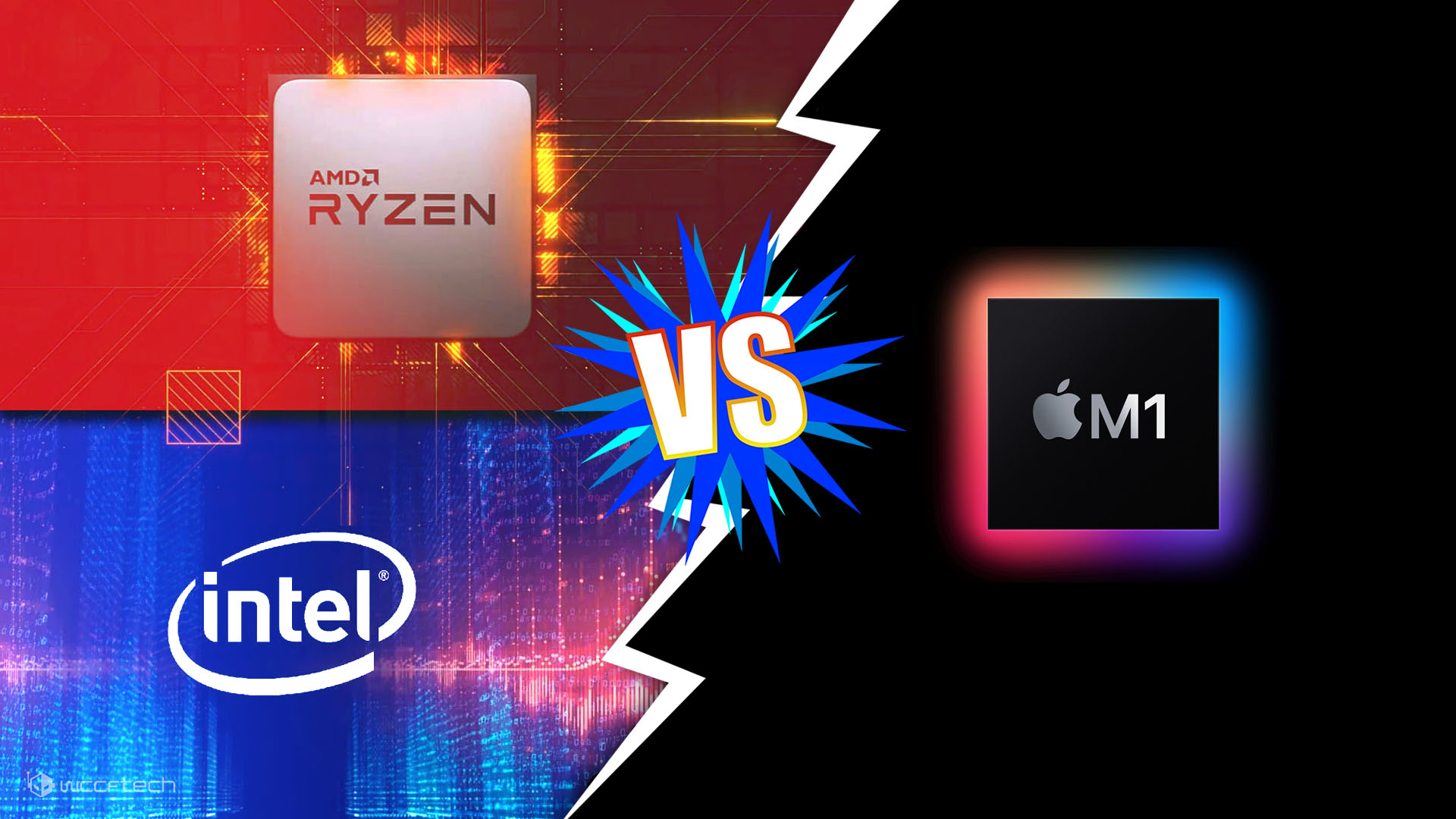You don't think perf/watt has anything to do with battery life? How in the world could you reach that conclusion??
It has an effect but it's not as big as you think here, obviously demonstrated by the fact that their own Pentium Silver platform does just as well, and ARM chips even back when they were much slower significantly outperformed it in the battery life metric.
The HUGI concept is a very simplistic layman's way of understanding battery life, it's one factor, and something that was relevant in the mid-2000s.
Scenario 1: 1W idle, 20W load, 5% active = total power 2W(1+1)
Scenario 2: 1W idle, 20W load, 4% active = total power 1.8W(1+0.8)
Scenario 3: 6W idle, 20W load, 5% active = total power 7W(6+1)
Scenario 4: 6W idle, 20W load, 4% active = total power 6.8W(6+0.8)
Scenario 5: 6W idle, 6W load, 10% active = total power 6.6W(6+0.6)
(By idle I mean idle in actual workload not when the system is literally doing nothing)
When the idle is really low, improving perf/watt by 20% results in battery life improvement of 10%. At high idle, the same results in only 3% gains. Also in the case where the CPU is low power and has 33% higher perf/watt, the battery life gain is only 6%.
It makes whatever efficiency gain there is in E cores irrelevant, since 33% = 6%.
Also there are lots of tasks where the HUGI concept doesn't apply, like when you are playing games, or in the most real world case where people are trying to do more. In such heavy load, sure the higher perf/watt system is faster(since they have the same TDP) but you end up with same miserable 2 hours battery life.
So Intel's transistors are leakier than AMD's? Or is this a power gating issue that started with Icelake and so far hasn't been fixed?
Did you miss my previous post? Intel has the PCH on package.
AMD had on-die PCH since Carrizo or something. Up until recently they were very behind power management but they are no longer and the on-die PCH advantages are going to start to show. Like I said, it's an enabler. You still need to work at it to get it working properly.
As much as Skylake-derivatives have become a meme for being with us for so long, Skylake and Kabylake was the last generation where we had any battery life gains. I assure you ICL/TGL is a possible regression over Cometlake, and at the best case equal.
I see this as similar to how Intel stuck with the GTL+ bus introduced with Pentium Pro until 2008. Sure, they got it to 800MHz frequency and all that. But while their tiny underfunded direct competitor was making hypertransport and integrated memory controller, it took Intel that long to get off that FSB train.
Perhaps it's a blessing in disguise the previous crappy management put the fab part at risk. See I assume using PCH to fill fabs was a big, big thing for Intel. It's a short-sighted decision because you end up with a subpar product --> lower revenues --> risk being behind in fabrication development.
The external PCH also makes interfacing with the server and the desktop market easier. You just pair it with a bigger one. Also why I assume they waited until EMIB and Foveros to emulate the on-die connection.
I know they have the technical tour-de-force to outcompete everyone. Nehalem pummelled others in server. It just takes them forever.



